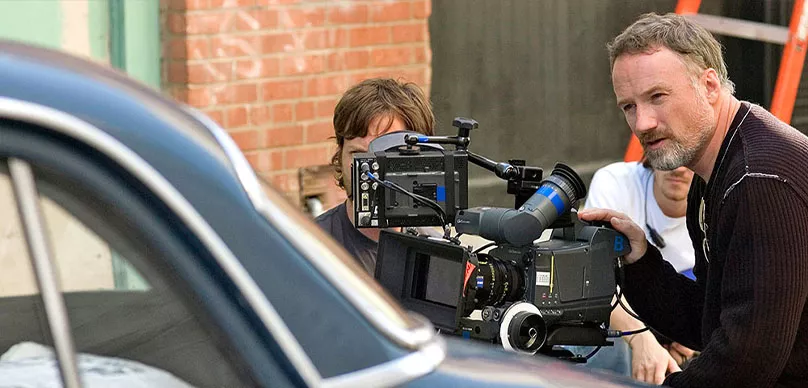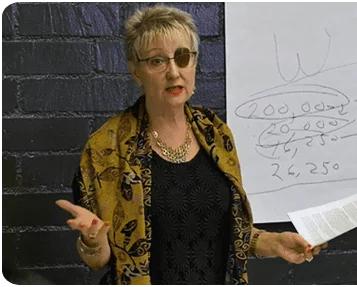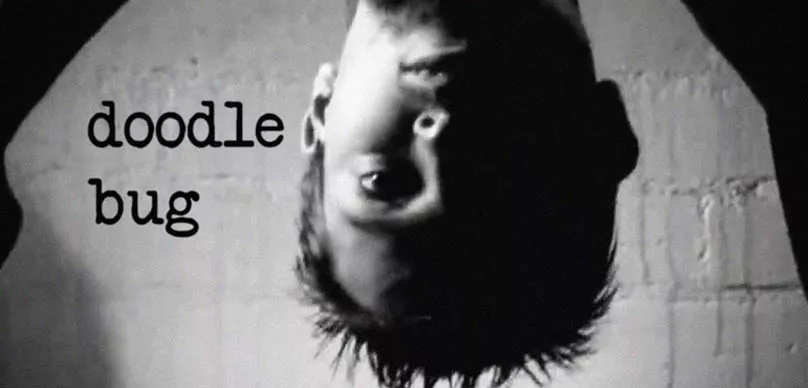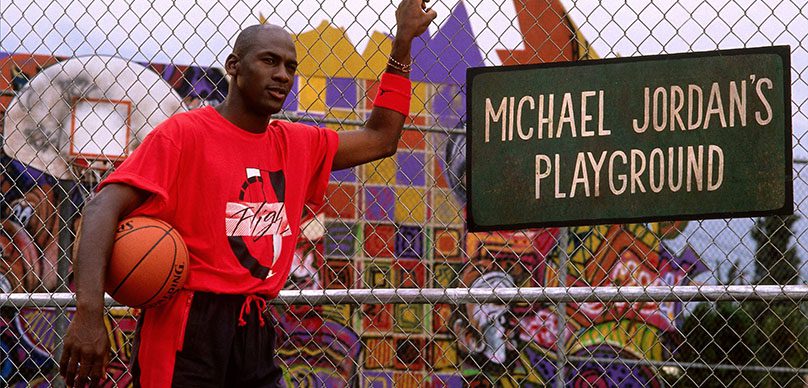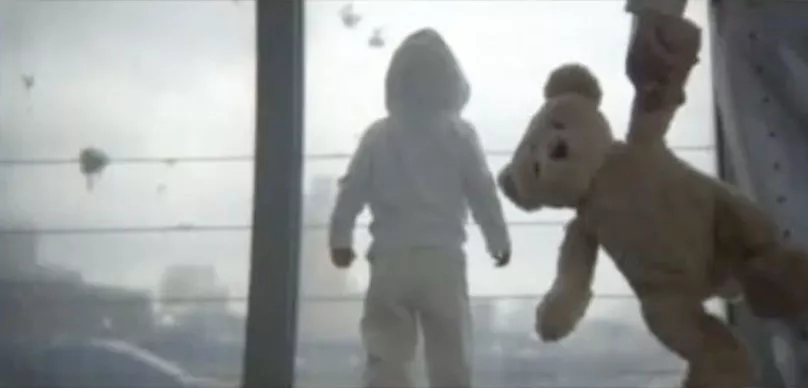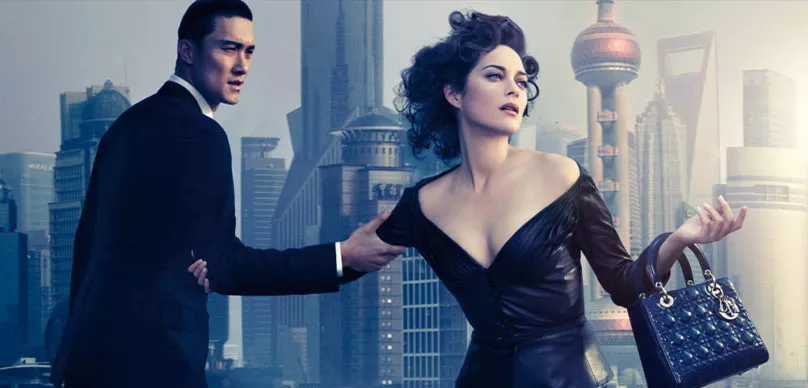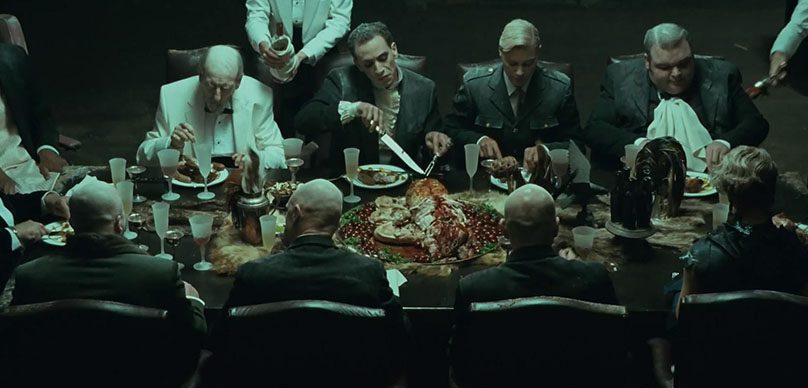Fincher’s final spot during this period was for Honda, which parodied the style of James Bond as a secret agent tries to outrace a particularly aggressive helicopter that is pursuing him. With the dynamic camerawork and plentiful helicopter POV aerials, the spot is less James Bond than it is Michael Bay. It also doesn’t really look like Fincher’s handiwork, what with a heavy orange and black color scheme instead of his trademark cold palette.
After the disaster that was ALIEN 3’s production, Fincher publicly stated that he would rather die of cancer than ever make another feature. However, his success in returning to the medium that made him famous served as a refreshing boost of confidence, recharging him to make another run at movies once again and give him the proper launchpad for takeoff.
David Fincher: The Ultimate Guide To His Films & Directing Style

